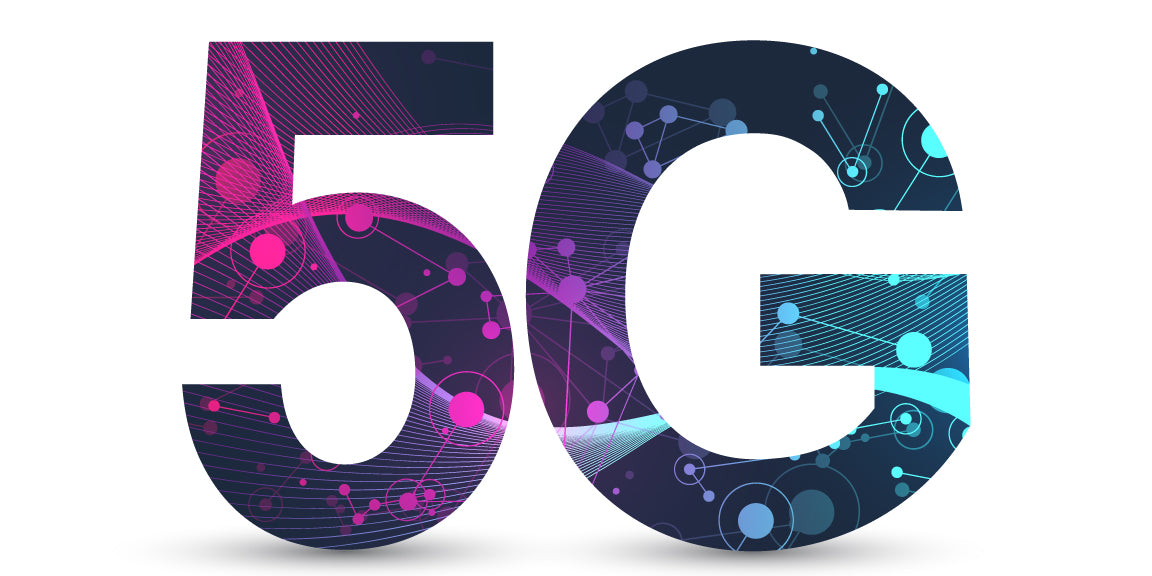The rise of 5G technology marks a significant milestone in the evolution of telecommunications networks. Unlike 4G, which primarily enhanced connection speeds, 5G offers substantial advancements not only in speed but also in latency, capacity, and connectivity.
5G, or the fifth generation of mobile networks, stands out for its ability to provide much higher download and upload speeds, reaching up to 10 gigabits per second. This represents an improvement of about 100 times compared to 4G. Moreover, 5G significantly reduces latency, which is the time it takes for a device to communicate with the network. This reduced latency, sometimes as low as a few milliseconds, is crucial for applications requiring near-instant responsiveness, such as online gaming, virtual reality, and autonomous vehicles.
Another major advantage of 5G is its capacity to connect a significantly higher number of devices simultaneously. This is particularly relevant in the context of the Internet of Things (IoT), where billions of devices, from industrial sensors to smart home appliances, need to be interconnected. 5G also enables better network traffic management, ensuring stable performance even in densely populated areas like stadiums or city centers.
The impacts of 5G are vast and touch many sectors. In the automotive industry, 5G facilitates the development of autonomous vehicles by enabling real-time communication between cars and road infrastructure. In healthcare, it paves the way for advanced telemedicine and remote surgery, where low latency and high reliability are crucial. Smart cities also benefit from 5G by optimizing resource management, such as energy and water, and improving public services, like public transportation and security.
However, the deployment of 5G is not without challenges. The infrastructure needed to support this technology is complex and expensive. A large number of new antennas, often smaller and closer together than those used for 4G, need to be installed to ensure effective coverage. Additionally, security and privacy concerns arise, particularly regarding the protection of data transmitted over these high-speed networks.
In conclusion, 5G technology represents a revolution in the telecommunications field, offering significant improvements in speed, latency, and connectivity. It opens the door to new applications and services across various sectors, transforming how we live and work. Despite the challenges of deployment and security, the potential benefits of 5G are immense, making it a key technology for the future of communications.

